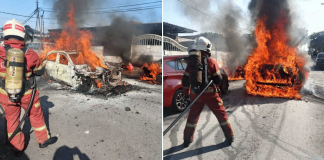7 dramatic aviation disasters that caused airlines to change their rules
Aviation disasters involving Southeast Asia carriers have made headlines and caused much distress within not just the region, but globally.
On 21 May, severe turbulence hit Singapore Airlines (SIA) Flight SQ321 while it was passing over the Bay of Bengal from London to Singapore. Several people suffered serious injuries and one man eventually died from suspected cardiac arrest.
SIA has long been recognised as one of the world’s leading airlines and has not had any major incidents in recent years.
The last time one of its flights resulted in casualty was in 2000, making SQ321 one of the airline’s most severe incidents in its 77-year-long history.
We take a look at the 2000 disaster, as well as other aviation disasters involving Southeast Asian carriers such as Malaysia Airlines and AirAsia.
1. SQ006 Taipei crash (2000)
On 31 Oct 2000 at around 11.15pm local time, a Boeing 737-400 was to fly the SQ006 route from Singapore to Los Angeles, with a stop at Taiwan’s Chiang Kai-shek International Airport (now known as Taiwan Taoyuan International Airport).
At that time, visibility was poor due to a heavy rainstorm and strong winds caused by typhoon Xangsane.
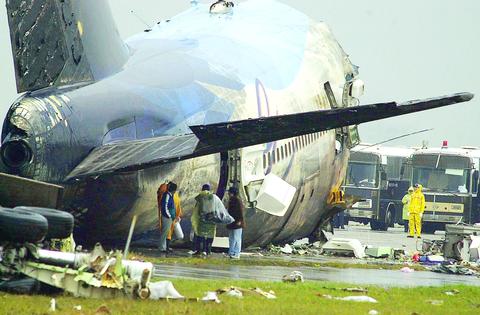
Source: Taipei Times
After the aircraft got the green light to take off, it travelled on a runway but made a turn too early, entering a runway that was closed for repairs. The aircraft crashed into construction equipment, bursting into flames and breaking into three parts.
There were 179 passengers and crew on board at the time. 83 died, four of them cabin crew. Another 39 suffered serious injuries, while 32 had minor injuries, and 25 were uninjured. The pilot and copilots survived the crash.
Out of the 83 deaths, 81 died immediately at the scene, while two passengers died in hospital later.
According to Simple Fying, most of those who died were seated in the middle section of the aircraft, where the fuel tanks were located. They were engulfed in flames when the post-impact fire took hold.
Investigators later proposed that the accident was due to pilot error and airport “deficiencies”.
Until the SQ321 turbulence incident, the SQ006 crash was the only fatal incident involving SIA.
2. MH370 Disappearance (2014)
The mysterious disappearance of Malaysia Airlines Flight MH370 en route from Kuala Lumpur (KL) to Beijing remains one of aviation’s biggest mysteries.
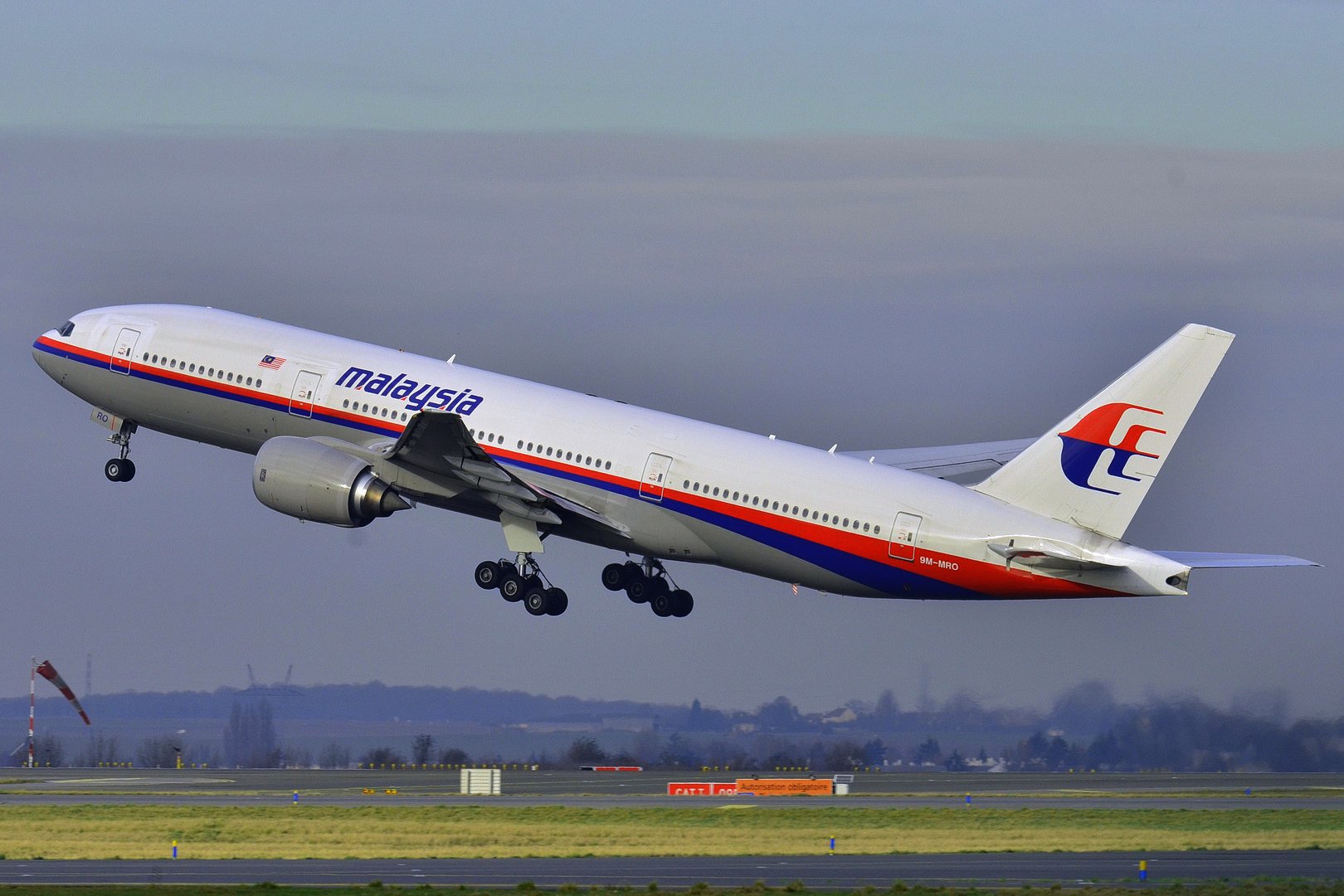
Source: Laurent Errera via Wikimedia Commons
Until today, the bodies and wreckage have not been recovered, leaving family members and loved ones in limbo.
On 8 March 2014, MH370, a Boeing 777-200ER aircraft that was carrying 227 passengers and 12 crew members from KL to Beijing lost contact with air traffic control less than an hour after takeoff.
The last transmission from the plane was about 40 minutes after takeoff, when Captain Zaharie Ahmad Shah signed off with “Good night, Malaysian three seven zero”, as the plane entered Vietnamese air space.
Shortly after, its transponder was turned off.
There was no distress signal, indications of bad weather, or technical problems before the aircraft vanished, according to Malaysia Airlines.
It’s unclear what caused the disappearance, although authorities have not ruled out that the plane was deliberately diverted off course.
A report released by Malaysia’s transport ministry in 2018 was also inconclusive. Part of a confidential police investigation found a route on Captain Zaharie’s home flight simulator that closely matched the doomed flight’s final path. However, this evidence had been withheld from the publicly released investigative report, according to New York magazine.
CNN did report that officials have confirmed that his simulator had a route plotted into it that ended in the Indian Ocean.
Two fruitless searches spanning years were conducted, but were called off after nothing was unearthed. While the main crash site hasn’t been found, several pieces of debris have washed up, with some confirmed to be from MH370.
Family members of the victims have repeatedly called for the search to resume as they seek closure.
As of 2024, there are plans by private robotics company Ocean Infinity to resume the search for MH370, pending the Malaysian government’s approval.
3. QZ8501 crash (2014)
Indonesia has an unfortunate record for fatal aviation accidents, partly due to a high number of flights across its thousands of islands, as well as turbulent weather conditions in the region.
The Aviation Safety Network notes that Indonesia has had 159 fatal accidents and a total of 3,117 accident fatalities since 1919.
On 28 Dec 2014, an AirAsia flight from Surabaya to Singapore crashed into the Java Sea, killing all 162 people on board. A total of 106 bodies were eventually found, with the rest still unaccounted for.
The Airbus A320-200 took off from Surabaya at 5.35am but disappeared almost halfway into the two-hour flight.
It was determined that a “fault in the plane’s rudder control system”, along with crew action, contributed to the crash.
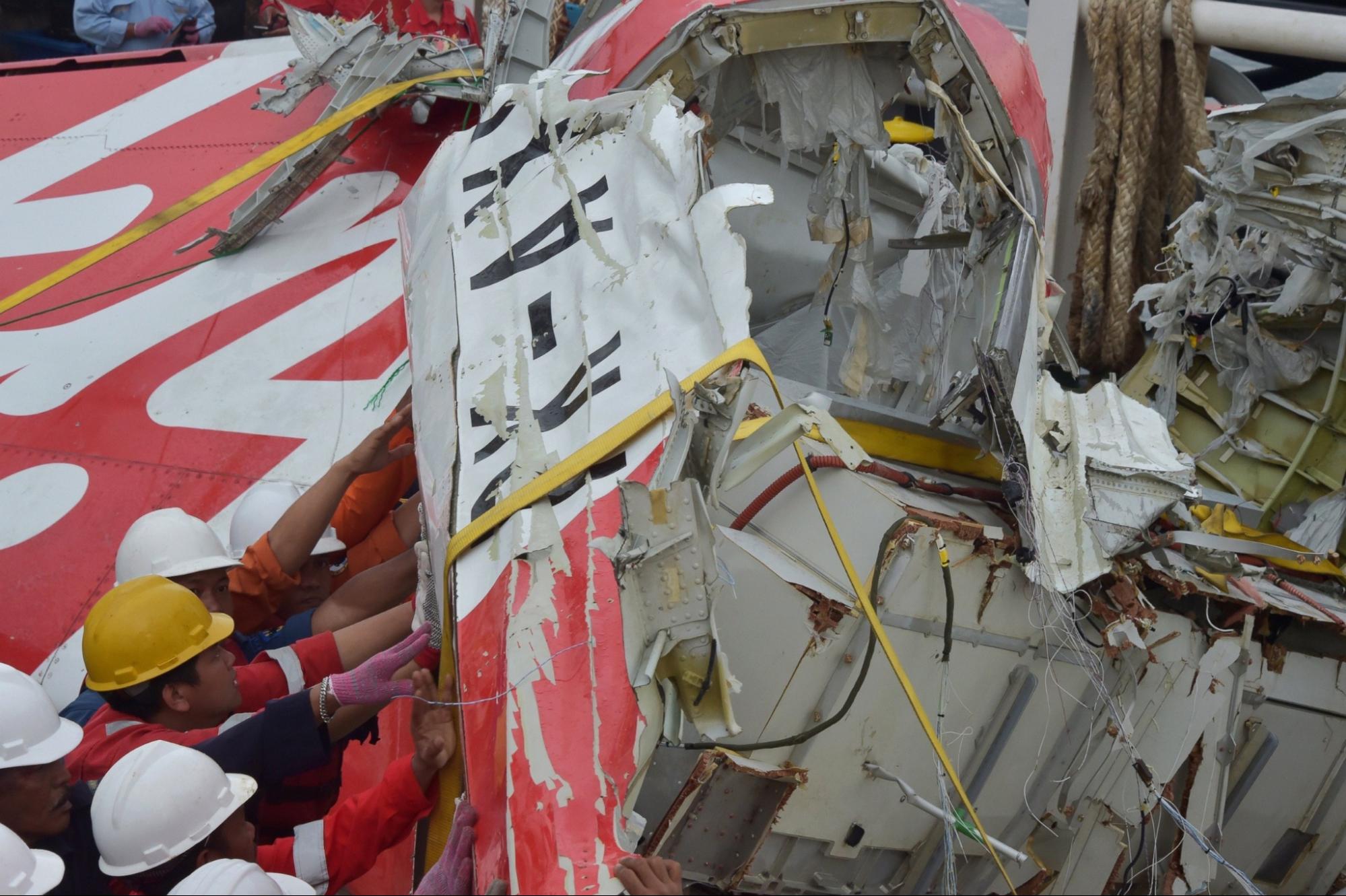
Source: ABC News
According to the BBC, a crack in a tiny electronic module caused the system to send repeated warning alerts to the pilots. They responded by resetting the system.
This, however, caused the autopilot to disengage and the plane rolled to the left. In the pilots’ attempts to right the plane, it stalled and crashed.
Authorities also found that AirAsia was not permitted to fly the Surabaya to Singapore route on the day of the accident. The airliner did, however, have permission to fly on four other days of the week.
4. MH17 Shootdown (2014)
Malaysia Airlines Flight MH17 was en route from Amsterdam to Kuala Lumpur, when it was shot down while travelling over eastern Ukraine on 17 July 2014.
All 298 people on board were killed. Reports say the aircraft was likely struck by a Russian-made surface-to-air missile fired from rebel-held territory.

Source: AP via U.S. Mission to the OSCE
According to reports, the Boeing 777-ER200 was passing through territory held by Russian-backed separatists when it suddenly disappeared from radar. No distress signal was received.
Among the 298 passengers, majority of whom were Dutch, were a renowned AIDS researcher, a Dutch senator and an Australian novelist.
Malaysia Airlines, which had already been reeling from the disappearance of MH370 and financial issues, had to renationalise over 2014 and 2015 as a result of these incidents.
5. SQ117 Hijacking (1991)
On 26 March 1991, the Airbus A310 aircraft departed Kuala Lumpur at 9.38pm local time with 114 passengers and 11 crew on board. It was travelling to Singapore.
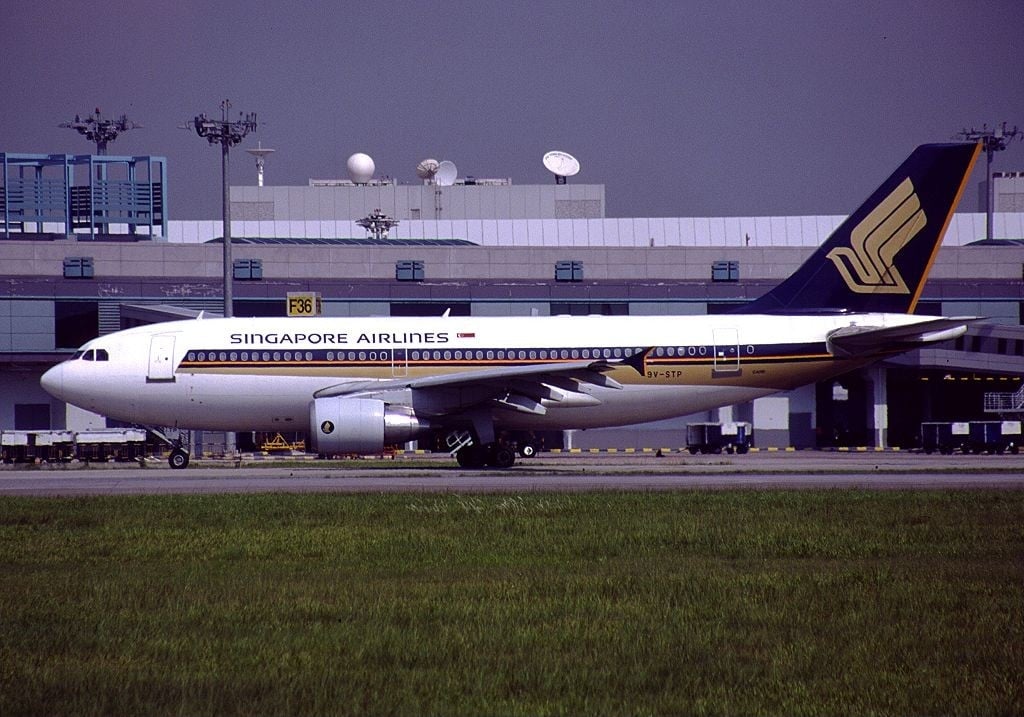
Source: Airliners.net
Around 10 minutes into the flight, four hijackers, who claimed to be with the Pakistan People’s Party, took control of the cabin and demanded to be flown to Sydney. They also threatened to blow up the plane if it landed in Singapore.
The pilot, Captain Stanley Lim, convinced them to land in Singapore to refuel, pointing out that the plane didn’t have enough fuel for Sydney.
After landing at Changi Airport at 10:24pm, the hijackers demanded the release of Pakistani political prisoners. They also wanted to speak with Pakistan’s ambassador to Singapore.
Negotiations dragged on for around eight hours, during which the hijackers beat up a crew member and threw him out of the plane onto the tarmac. They also threatened to set the plane on fire.
Eventually, at around 6.45am, the hijackers said they were no longer interested in communicating and threatened to kill one hostage every 10 minutes.
The Special Operations Force commandos from the Singapore Armed Forces were given the signal to go in. They stormed the plane, killing all four hijackers in a 30-second operation and bringing all hostages to safety.
6. Lion Air JT610 Crash (2018)
When Lion Air’s JT610 departed from Jakarta Soekarno-Hatta International Airport at 6.20am local time on 29 Oct 2018 towards Pangkal Pinang, it was not expected that there would be trouble — the Boeing 737 MAX aircraft was manufactured the same year, according to a Lion Air spokesperson.
13 minutes into the flight, the pilots requested to return to Jakarta due to technical difficulties. Shortly after, contact was lost.
The aircraft crashed north of the Karawang area in the waters of the Java Sea, Indonesia authorities determined.
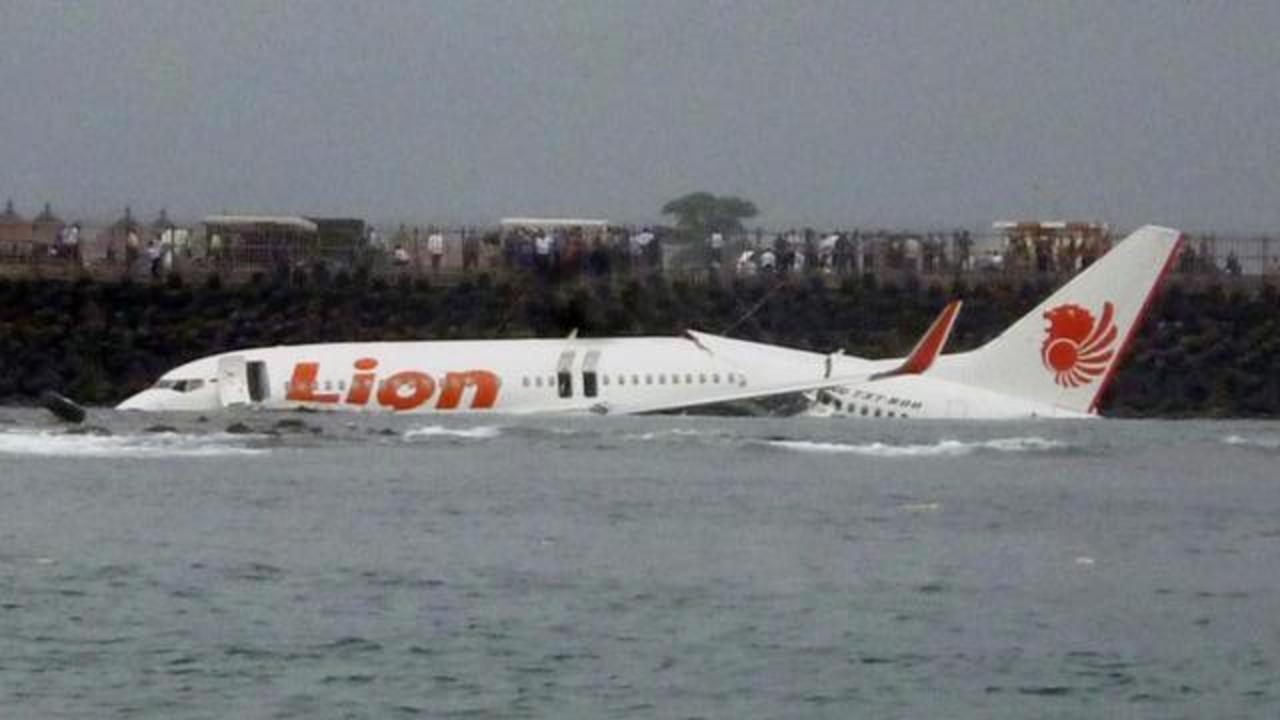
Source: CBS News
There were 189 people on board, including eight crew members, 20 officials from Indonesia’s Finance Ministry, and two foreigners. There were no survivors.
A crash report found that several issues contributed to the crash, including a new automatic anti-stall system known as MCAS (Maneuvering Characteristics Augmentation System), that caused the aircraft to nose down repeatedly.
The pilots tried to control the aircraft in vain, and they were likely unaware of its existence at all, according to reports.
In a Committee on Transportation and Infrastructure of the United States House of Representatives report released in 2020, it noted that Boeing had removed references to MCAS from the pilot’s Flight Crew Operations Manual (FCOM).
Throughout the flight, the pilots were battling multiple malfunctions and faced an onslaught of conflicting warnings, which confused them.
Business Insider reported that Boeing was criticised for the aircraft’s design, which relied on information from only one angle of attack sensor. This meant that a single faulty reading could trigger MCAS.
The aircraft was found to be faulty and was grounded for more than a year after Ethiopian Airlines Flight 302 crashed under similar circumstances.
7. SQ321 Turbulence (2024)
On 21 May 2024, severe turbulence hit flight SQ321 while flying from London to Singapore. The Boeing 777-300ER rapidly climbed and descended twice within just over a minute.
Because the turbulence was sudden, many people without seatbelts were hurtled to the ceiling, causing them to suffer from spinal and back injuries.

Source: Reuters via The Straits Times on Facebook
A 73-year-old British man died of a suspected heart attack.
Of the injured, 22 people suffered spinal injuries, while a further six passengers had brain or skull injuries, according to Bangkok’s Samitivej Srinakarin Hospital.
The plane had to make an emergency landing in Bangkok, Thailand, where ambulances were ready to send injured persons to hospital.
SIA got to work, arranging a replacement flight to bring unaffected passengers to Singapore, while affected family members were brought to Bangkok on a relief flight.
It continues to provide updates on the number of injured people remaining in Bangkok. As of Monday (27 May), 52 passengers are still there. This includes 34 passengers still receiving medical treatment in the hospital. All crew members have returned to Singapore.
Airlines continue to improve with each accident
The presence of aviation disasters are, while shocking, also very rare. Commercial accidents are far rarer than private ones — statistics from the Pilot Institute note that on average, “a person would have to travel by air every day for 16,581 years” before they’d be involved in a fatal commercial aircraft accident.
Many airlines have also learned from what went wrong. In the case of SIA, it has banned flight meals while the seatbelt sign is turned on.
Furthermore, since MH370, the International Civil Aviation Organization (ICAO) has made it mandatory since 2016 for all commercial aircraft to report their position every 15 minutes to air traffic controllers, regardless of their country of origin.
Have news you must share? Get in touch with us via email at news@mustsharenews.com.
Featured image adapted from Taipei Times, AP via U.S. Mission to the OSCE, and Reuters via The Straits Times on Facebook.

